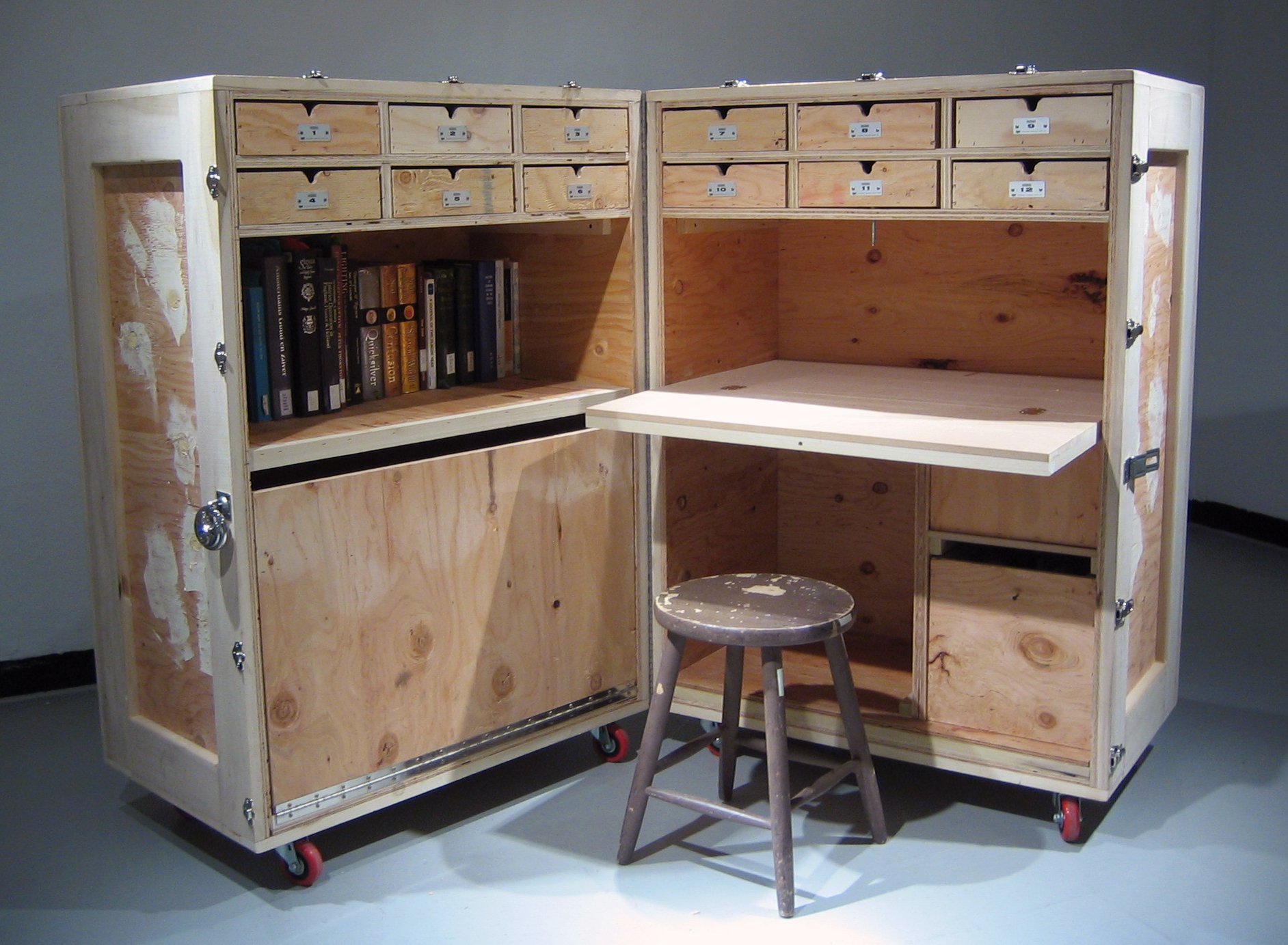Suggested sequence of infections at the start of the plague epidemic
in the parish of St. Michael Bassishaw, London, in 1665
Suggested sequence is a chandelier based formally on auricular ornament, a remarkable seventeenth-century Dutch silversmithing style, and numerically on a plague mortality data set from the London parish of St. Michael Bassishaw in 1665, gathered and modelled by Susan Scott and Christopher Duncan in The Biology of Plagues (2005). Each arm of the chandelier is an individual, personal timeline from point of infection until death; the overall structure of the installation is an illustration of the spread of the disease through the small parish. The chandelier is a quantitative artifact in its literal encoding of data into period form and ornament.
There are fifty-two PETG plastic spiral arms assembled on to seventeen vertical spires. The entire installation is approximately eleven feet tall and seven feet in diameter. It was installed in the Orchard Commercial North First ARTSpace in San José in 2009.










art research support archive (ARSA)
This is a portable library and workstation was built to support and present the body of research in progress for the chandelier at my MFA Advancement to Candidacy show, presentation and critique in spring 2006. that was to culminate in the completed chandelier project It was a portable workstation and archive, modeled on the “road boxes” that stagehands use to store and transport tools and gear to venues, The ARSA was an object of contention, created in order to manifest a lengthy research project in progress as a concrete and participatory object.


